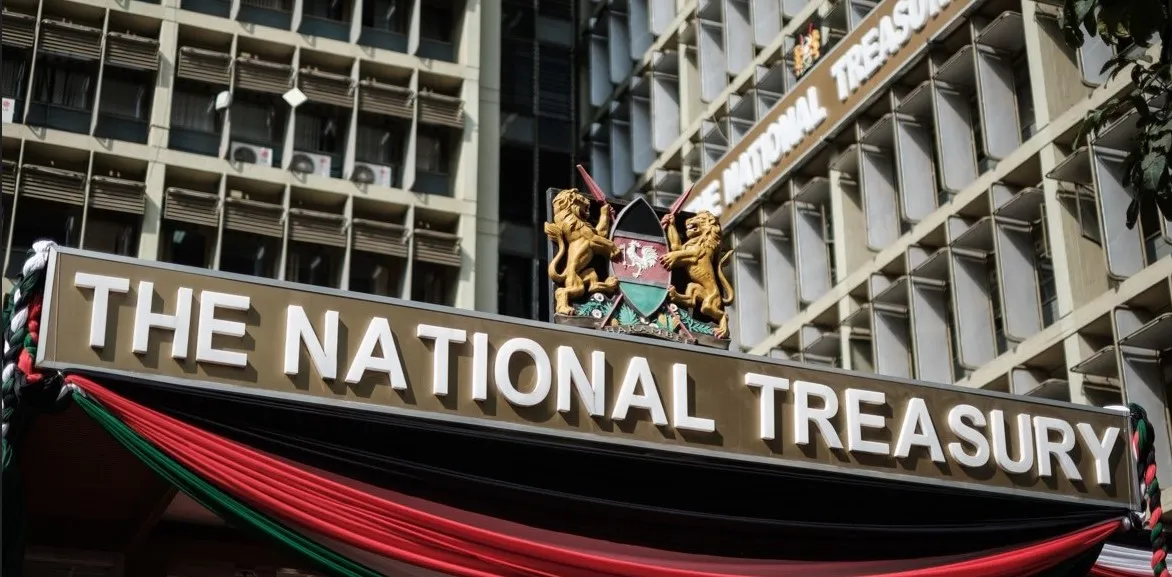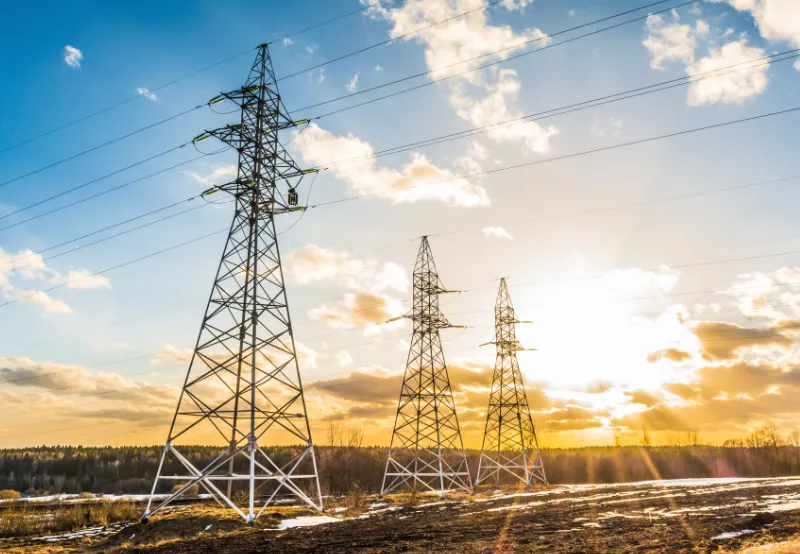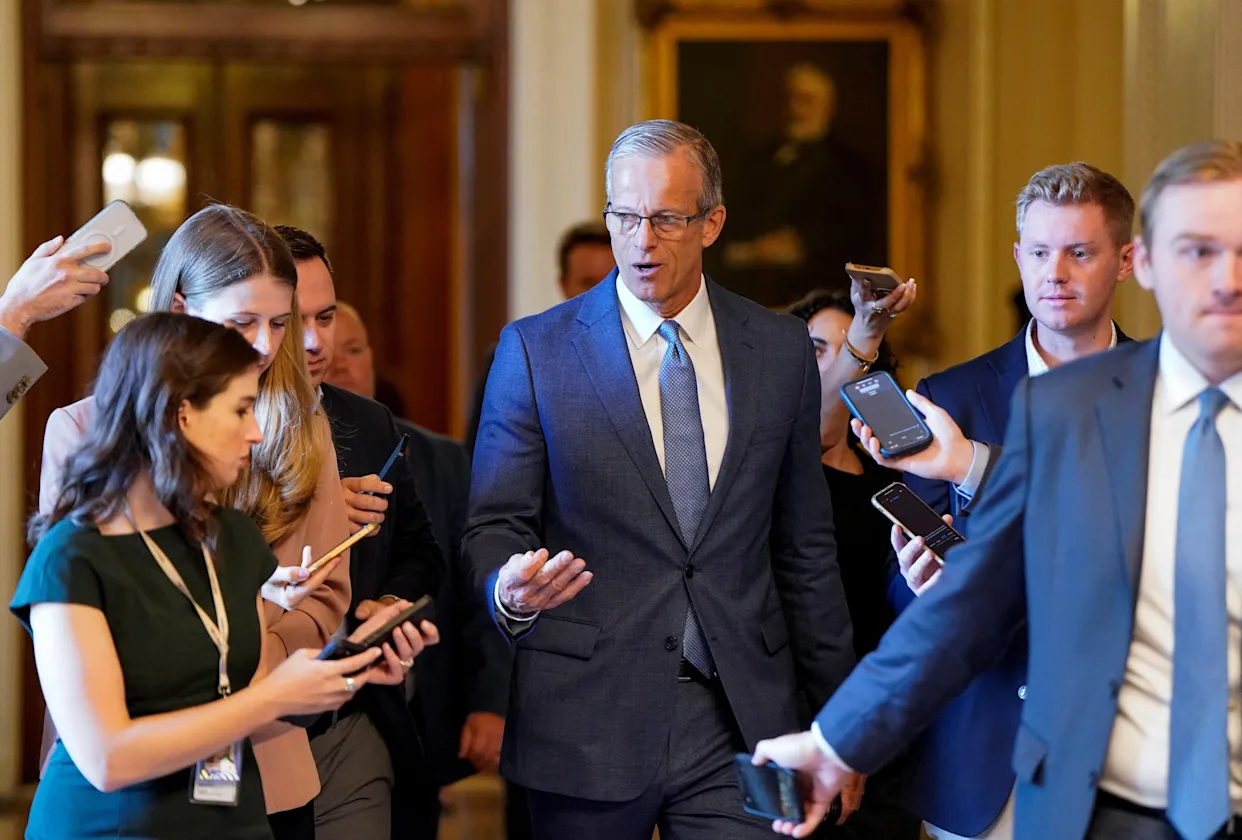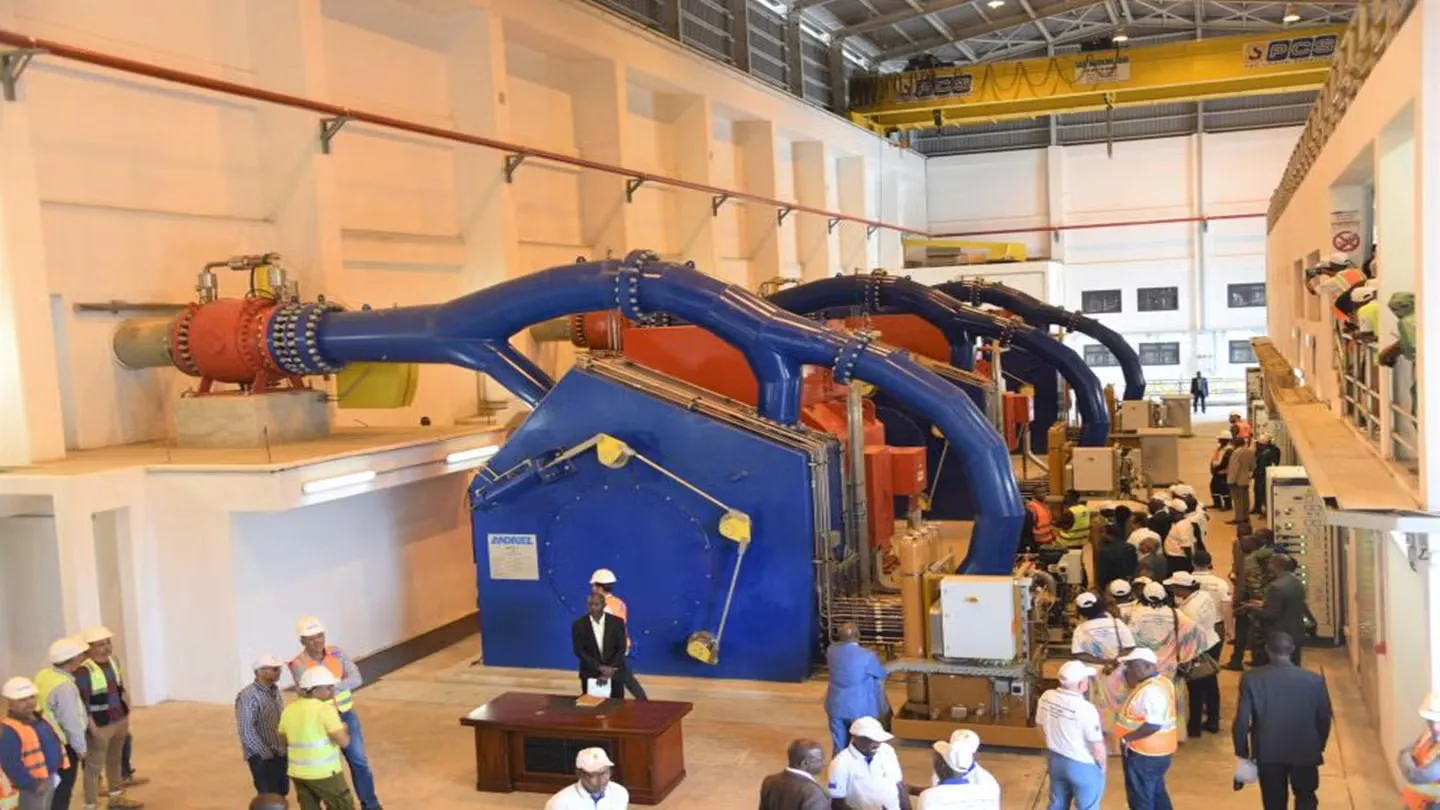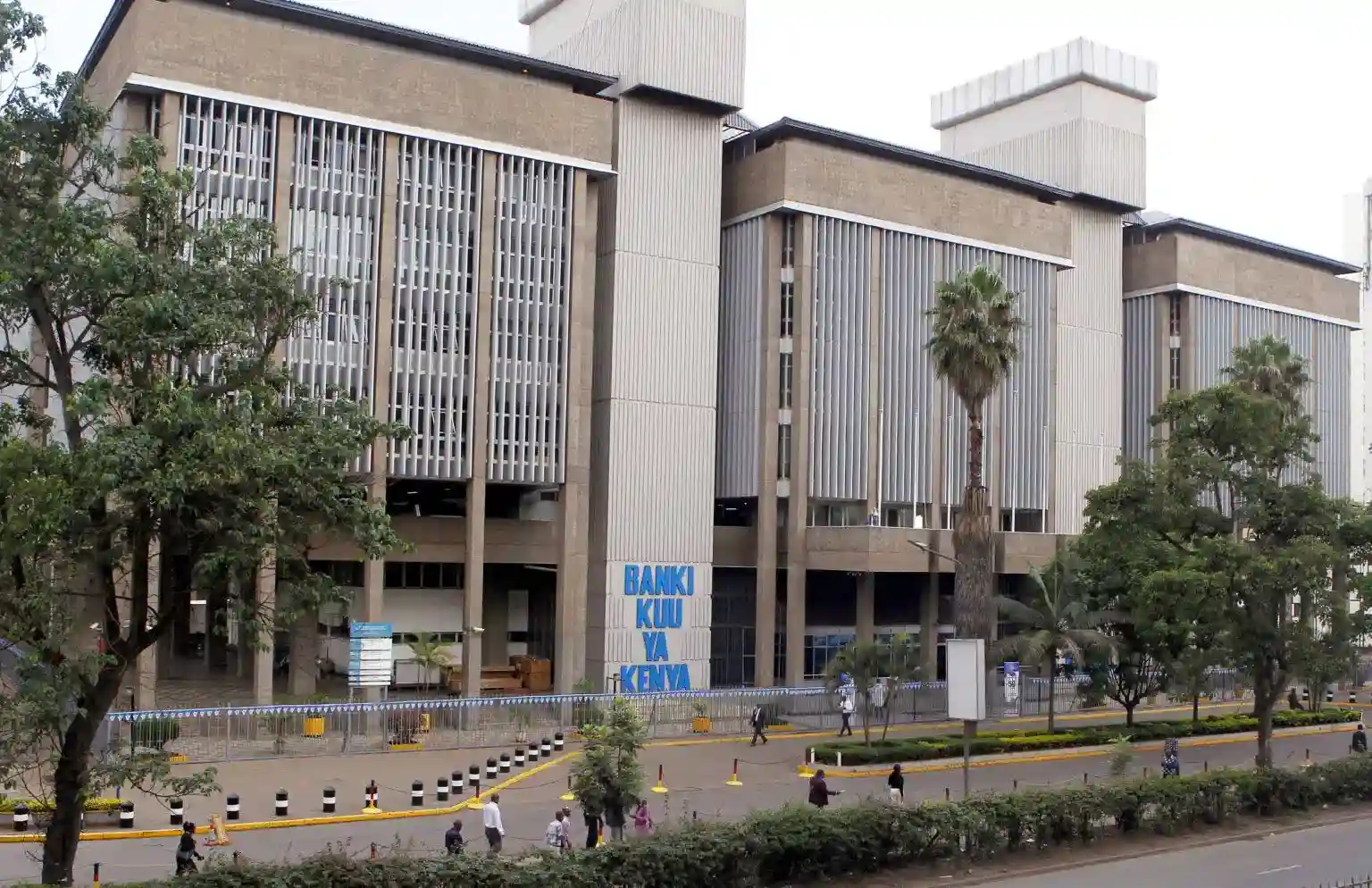Kenya’s Borrowing Spree: A Breakdown of the Loans
A report by the National Treasury, presented to Parliament, has revealed that the Kenyan government borrowed a total of Sh68.7 billion within a span of four months between September and December 2024. This translates to an alarming Sh23.83 million per hour and Sh397,292 per minute, indicating a fast-paced accumulation of debt in a short period.
The 18 newly secured loans were sourced from bilateral and commercial creditors, with three being euro-denominated and 15 obtained in Chinese yuan from the China Development Bank (CDB).
Loan Terms and Associated Costs
The report outlines varying interest rates and associated costs for the loans:
- Euro-denominated loans:
- Interest rates between 0.25% and 1.23% annually
- Annual commitment fees of 0.5% and an upfront fee of 0.25%
- China Development Bank (CDB) loans:
- A fixed annual interest rate of 4%
- An upfront fee of 0.5%
These loans, while supporting critical infrastructure and budgetary needs, have intensified concerns about Kenya’s rising debt burden, which has now exceeded Sh12 trillion.
Debt Sustainability: Rising Concerns
Kenya’s increasing reliance on debt comes at a time when revenue collection remains weak and the foreign exchange market remains volatile. According to Treasury data, the country’s debt servicing obligation for the 2024/25 financial year is Sh1.85 trillion, a figure that underscores the heavy repayment burden on government finances.
Impact on Debt-to-GDP Ratio
In October 2023, the Kenyan Parliament replaced the Sh10 trillion debt ceiling with a new debt anchor set at 55% of GDP in net present value terms. However, the current debt-to-GDP ratio stands at 62%, meaning Kenya has exceeded the target and is unlikely to meet the 55% goal before 2029.
This debt trajectory has sparked concerns over creditworthiness and potential debt distress, raising alarms among economic analysts, investors, and international financial institutions.
How the Borrowed Funds Will Be Used
Despite concerns, the Kenyan government has justified the new borrowings, stating that they will be used for critical national development projects spanning energy, climate change, cyber security, and infrastructure.
1. Energy and Climate Finance
A Sh20.3 billion loan from Italy has been allocated to fund:
- Stabilization of the economy
- Reduction of greenhouse gas emissions
- Climate-related institutional reforms
- Urban transport, forestry, and sustainable land use projects
The loan, with an annual interest rate of 1.23%, will be repaid between 2032 and 2045.
Additionally, Germany has provided Sh8.1 billion under the Kenya Reform Financing initiative to promote Kenya’s transition to a greener, more resilient economy in alignment with the Bottom-Up Economic Transformation Agenda.
2. Cybersecurity and National Control Systems
A Sh4.6 billion loan from France will go towards constructing a cyber-resilient National System Control Centre (NSCC) for the electricity grid. The facility will:
- Enhance national grid security
- Improve resilience against cyber threats
- Increase efficiency in energy distribution
This loan will be repaid between July 2030 and January 2045 at an interest rate of 0.8% per year.
3. Infrastructure Development: Roads and Transport
The bulk of the China Development Bank (CDB) loans will be directed towards infrastructure projects, particularly roads, across multiple counties.
Key projects include:
a) Roads in Rift Valley Region
- Barpello-Tot-Sigor-Marich Pass (B17) road – Sh4.6 billion
- Tot Junction-Chesegon-Kopasi River road – Funded under the same package
b) Roads in Kisii and Nyamira Counties
- Sh3.61 billion allocated for road projects
- Repayment period: 2027 to 2031
c) Roads in Elgeyo Marakwet County
- Kinyach-Arror-Kapsowar road – Sh3.45 billion for upgrading to bitumen standard
d) Roads in Uasin Gishu County
- Various road upgrades – Sh3.92 billion
e) Roads in Nandi County
- Timboroa-Meteitei-Kopere road and access roads to public institutions – Sh2.6 billion
f) Roads in Kiambu County
- Upgrading of Kiambu-Raini, Kaspat Road, and Gachie-Kabuku Loop Road – Sh2.3 billion
g) Roads in Makueni, Nyandarua, and Taita Taveta Counties
- Tawa-Nguluni road (Makueni) – Sh1.9 billion
- Nyandarua road projects – Sh1.5 billion
- Spot improvement of Cess (Nghonji)-Rekeke-Lake Jipe road (Taita Taveta) – Sh1.1 billion
These road projects aim to boost regional connectivity, enhance trade efficiency, and improve transportation for millions of Kenyans.
Kenya’s Borrowing Strategy: What’s Next?
The government insists that these loans are necessary to sustain economic growth and fund critical development projects. However, economic experts warn that the high cost of debt servicing and slow economic growth could pose long-term risks.
Potential Risks and Challenges
- Increased Debt Servicing Burden – Repayments could strain future budgets, limiting spending on healthcare, education, and other social services.
- Depreciation of the Kenyan Shilling – Fluctuations in currency value could make foreign-denominated loans more expensive.
- Taxpayer Burden – Kenyans may face higher taxes to finance loan repayments.
- Investment Climate Concerns – Rising debt may deter foreign investors concerned about Kenya’s economic stability.
Possible Solutions
To mitigate these risks, economic analysts recommend:
- Enhancing revenue collection through improved tax administration and widening the tax base.
- Reducing dependency on external borrowing by prioritizing domestic financing.
- Improving public financial management to ensure efficient use of borrowed funds.
- Encouraging Public-Private Partnerships (PPPs) to finance infrastructure projects without excessive reliance on debt.
Conclusion
Kenya’s borrowing spree has intensified debates over debt sustainability and fiscal management. While the loans are funding critical infrastructure, climate initiatives, and cybersecurity projects, the country must strike a balance between development and financial prudence.
As Kenya inches closer to 2029, when the government hopes to meet its debt anchor of 55% of GDP, tight fiscal discipline, enhanced revenue collection, and efficient spending will be crucial in averting a potential debt crisis.
The question remains: Can Kenya manage its rising debt while ensuring sustainable economic growth? Only time will tell.
Ready to take your career to the next level? Join our dynamic courses: ACCA, HESI A2, ATI TEAS 7 , HESI EXIT , NCLEX – RN and NCLEX – PN, Financial Literacy!🌟 Dive into a world of opportunities and empower yourself for success. Explore more at Serrari Ed and start your exciting journey today! ✨
photo source: Google
By: Montel Kamau
Serrari Financial Analyst
18th February, 2025
Article, Financial and News Disclaimer
The Value of a Financial Advisor
While this article offers valuable insights, it is essential to recognize that personal finance can be highly complex and unique to each individual. A financial advisor provides professional expertise and personalized guidance to help you make well-informed decisions tailored to your specific circumstances and goals.
Beyond offering knowledge, a financial advisor serves as a trusted partner to help you stay disciplined, avoid common pitfalls, and remain focused on your long-term objectives. Their perspective and experience can complement your own efforts, enhancing your financial well-being and ensuring a more confident approach to managing your finances.
Disclaimer: This article is for informational purposes only and does not constitute financial advice. Readers are encouraged to consult a licensed financial advisor to obtain guidance specific to their financial situation.
Article and News Disclaimer
The information provided on www.serrarigroup.com is for general informational purposes only. While we strive to keep the information up to date and accurate, we make no representations or warranties of any kind, express or implied, about the completeness, accuracy, reliability, suitability, or availability with respect to the website or the information, products, services, or related graphics contained on the website for any purpose. Any reliance you place on such information is therefore strictly at your own risk.
www.serrarigroup.com is not responsible for any errors or omissions, or for the results obtained from the use of this information. All information on the website is provided on an as-is basis, with no guarantee of completeness, accuracy, timeliness, or of the results obtained from the use of this information, and without warranty of any kind, express or implied, including but not limited to warranties of performance, merchantability, and fitness for a particular purpose.
In no event will www.serrarigroup.com be liable to you or anyone else for any decision made or action taken in reliance on the information provided on the website or for any consequential, special, or similar damages, even if advised of the possibility of such damages.
The articles, news, and information presented on www.serrarigroup.com reflect the opinions of the respective authors and contributors and do not necessarily represent the views of the website or its management. Any views or opinions expressed are solely those of the individual authors and do not represent the website's views or opinions as a whole.
The content on www.serrarigroup.com may include links to external websites, which are provided for convenience and informational purposes only. We have no control over the nature, content, and availability of those sites. The inclusion of any links does not necessarily imply a recommendation or endorsement of the views expressed within them.
Every effort is made to keep the website up and running smoothly. However, www.serrarigroup.com takes no responsibility for, and will not be liable for, the website being temporarily unavailable due to technical issues beyond our control.
Please note that laws, regulations, and information can change rapidly, and we advise you to conduct further research and seek professional advice when necessary.
By using www.serrarigroup.com, you agree to this disclaimer and its terms. If you do not agree with this disclaimer, please do not use the website.
www.serrarigroup.com, reserves the right to update, modify, or remove any part of this disclaimer without prior notice. It is your responsibility to review this disclaimer periodically for changes.
Serrari Group 2025

